This is a book on selling written for everyone, not just salespeople. Wait, what?
Daniel Pink argues that selling is a part of our everyday lives. We do it whenever we persuade others to part with resources like their time, effort, or money.
That means we are actually selling every time we:
- Lead others,
- Share an idea at a meeting,
- Or even negotiate with family members!
When you look at it this way, selling is a critical skill for all of us to succeed in our careers. It’s also essential for entrepreneurs, who must sell their idea to investors, their vision to team members, and their product to customers.
Personally, I’ve run a couple of small online businesses and sales has always been an important part of my own income. However, I have not done much face-to-face selling. Instead, I learned how to sell through writing. That skill is called copywriting and it’s been described as “sales in print.” I’ll add some of my own original insights throughout this summary of To Sell is Human.
Who is Daniel H. Pink?
Daniel H. Pink (official site) is an author of bestselling books on psychology and human behaviour. Altogether, he has written seven books that have sold millions of copies around the world. Before that, he was the chief speechwriter for US Vice President Al Gore.
1. Non-Sales Selling: Almost all of our jobs now involve “moving others” in some way
Selling is not dead. Almost 1 out of every 9 workers in the United States is still employed in sales, according to the U.S. Department of Labour. Even more importantly, most workers are spending more of their time “moving others.” That is, convincing or persuading others to do something, which is a type of selling even if we don’t usually look at it that way.
(Some people who reviewed To Sell Is Human online disagreed with this new definition. They said: persuasion is persuasion, but sales is sales—it’s quantifiable. Many of those commenters were real-life salespeople, so I cannot argue with them!)
Daniel Pink says 3 trends explain the rise of “non-sales selling”:
- More small businesses and startups exist today, because the internet has lowered the barrier to entry. Just look at how easy it is to start an eBay or Etsy store.
- Flexible sales-related skills are required for more jobs today, like persuading others over email or understanding customer needs as a programmer.
- Health and education are the fastest-growing parts of the U.S. economy. Both of these involve persuasion—convincing students or patients to do what’s best for them.
My favourite example of “non-sales selling” comes from Robert Kiyosaki, the bestselling author of Rich Dad Poor Dad. One day Kiyosaki was being interviewed and the reporter asked him for advice on how to become a bestselling author. He told her to study sales and marketing, which are skills professional writers often look down on.
For example, after Kiyosaki wrote his first book, the publisher wanted to name it “The Economics of Education.” What a boring name! Instead he called it “If You Want To Be Rich and Happy, Don’t Go to School.” That grabs people’s attention and is a little controversial, which is great for publicity.
Check out our summary of Rich Dad Poor Dad by Robert Kiyosaki
Most of us are not “traditional salespeople,” but sales-related skills are more important than ever. Why? Because of the rise of: mass entrepreneurship, jobs that require multiple skills, and the sectors of health and education.
2. Serve Others: Modern selling is not about pressure, but making other people’s lives better
Salespeople have a bad reputation. In a large survey conducted by the author, he found that most people connect “sales” with the image of a pushy used car salesman!
And there’s some truth to that. Salespeople in the past could get away with being deceptive because we relied on them for access to product information. And they could use high-pressure tactics because individual customers didn’t have much power to complain.
But today, selling has changed because of the internet. Everyone has access to more product information than ever before, including reviews, ratings and comparisons.
And because of that, we must change how we approach sales. We must sell in a way that offers value and service to others, not in a way that takes something of value from them.
To offer exceptional service:
- Always keep in mind the person who you’re helping. Daniel Pink shares one study where hospital specialists found 5 TIMES as many “incidental” problems in medical scans… when they were shown a photo of the patient’s face at the same time!
(Personally, one of the best pieces of advice I’ve ever heard for copywriting and advertising is to imagine that you’re writing to just ONE person, not a crowd of people. So you create a clear mental image of ONE target customer, then write directly to them. This tip definitely helped me to make a living from online businesses for over a decade!) - Connect your work to a noble purpose or cause. All the salespeople Pink interviewed said that you need to believe that your product sincerely helps improve customer’s lives.
One of the most popular personal development books of all time is How to Win Friends and Influence People by Dale Carnegie. In that book, the 10th principle is “Appeal to the nobler motives.”
What that means is: whenever people do anything, they have both selfish and unselfish motivations for doing it. For example, someone who donates money to build a hospital may want other people to suffer less, and to see his name on the building. However, when we are persuading someone else, it is better if we only mention the unselfish and noble motivations. (Because they will easily think of the selfish reasons anyway!)
Read more in our summary of How to Win Friends and Influence People
Sales has changed because now the internet gives everyone access to product information and reviews. That means good selling has become about offering service—so always keep in mind the person you’re helping and make sure their life is improved after the sale.
3. Get In Tune: Great salespeople understand the buyer’s perspective by really listening
The core practical part of this book are what Pink calls the new ABCs of selling: Attunement, Buoyancy and Clarity. Let’s talk about that first one.
Attunement is about being in tune with the person you are talking to, which means understanding what they are thinking and feeling.
The best modern book on negotiation is probably Never Split the Difference written by Chris Voss, the FBI’s former lead kidnapping negotiator. He says the first, most fundamental part of being a good negotiator is listening.
Even when Voss was talking with robbers and criminals, his goal was always to get them talking about what they need. And that meant making them feel safe and slowing down the conversation, so they would feel heard.
While it’s impossible for us to truly see inside another person’s head, there are some proven tools we can use to increase our empathy. Here are a few that Daniel Pink discusses:
- Humility. Studies show when people are told to assume they are lower status in a situation, then they can better see the world through the eyes of others. Someone who feels high status won’t make the same effort.
- Imagination. Studies show thinking and imagination may be more important than feelings for getting in tune with others. For example, the founder of Amazon, Jeff Bezos, always made sure every meeting had one empty chair to represent the customer.
(In the most popular biography of Bezos, he is always emphasizing the supreme importance of keeping the customer in mind, rather than focusing on the competition as most entrepreneurs do. With that focus, Amazon became the pioneer of many website features that we now take for granted, like customer reviews and personalized recommendations.) - Improvisation. Pink shares 3 rules from improv theatre that can help us:
- Listening carefully for small signals, like waiting 5 seconds before responding to someone,
- Responding with “yes and,” which means adding to what others said, rather than rejecting it,
- Helping others “win,” because then you also win, whether in a theatre or sales meeting.
A few years ago, I did a class in improvisation theatre. I met weekly with about a dozen other people and we did all kinds of strange exercises to help us respond to each other more spontaneously. At the end, we did a show for a room of friends and family. It was like being in a theatre performance, but with no script!
The most important lesson I learned was that you CAN create an entertaining story out of thin air, but you need to pay careful attention to the little cues or suggestions offered by the other performers. If you stop listening for even a moment, then you will not hear those cues and not know what to say next.
In a similar way, sales is often about hearing those little signals, especially about why they are saying no, so you can offer the appropriate response.
Attunement is understanding other people’s thoughts, feelings, and perspective. You can get better at this through deliberate listening (try pausing 5 seconds before you reply), or pretending you are lower status, or imagining what their world looks like, or responding with “yes and” rather than no.
4. Stay Afloat: Every successful salesperson must swim over the “ocean of rejection”
The most fascinating person interviewed in To Sell is Human is Norman Hall (SFGate.com), the last door-to-door salesperson for a company called Fuller Brushes. He spends hours walking up and down the hilly streets of San Francisco, trying to sell brushes, but often facing “an ocean of rejection.”
One of the most popular sales trainers of the last 30 years is Brian Tracy. In his book on The Psychology of Selling, he wrote: “The fastest way to increase your income is simple. It is the key to success in selling. ‘Spend more time with better prospects.’ This six-word formula is the recipe for high income in every market.”
What Brian means is that many salespeople are not successful simply because they spend too little time each day talking to prospects! (Some studies claim the average is less than 1.5 hours per day!) So what really holds most salespeople back is psychological—they procrastinate and resist contacting prospects because of a fear of rejection.
To overcome a fear of rejection, here’s are just two of the tips that Daniel Pink offers, based on psychology:
- Optimistic explanatory style. You can either explain each failure in an optimistic way that energizes you, or a pessimistic way that demoralizes you. The optimistic way (PositivePsychology.com) is to see each setback as something that is temporary and non-personal.
- 3:1 ratio of positive to negative experiences. You don’t want every single social interaction to be a rejection. For example, Norman Hall often visits with friendly old customers and acquaintances in between his sales rejections.
To succeed in selling, you must meet with lots of prospects and not be devastated by the predictable rejections. So learn to explain failures in an optimistic style (as not your fault and not permanent), and try to have 3 positive experiences for every 1 negative.
5. Simplify Their Decision: Helping them think clearly about the problem, solution, and next step
Sales is all about helping the buyer think clearly, you can do that in 3 big ways:
a) Clarity on Their Problem
Sales used to be about problem-solving: the customer knew they had a problem, and the salesperson tried to sell them a solution. But now it is easy to research solutions online, so sales has become more about problem-finding.
Problem-finding is about helping the customer see their situation differently, so they can become aware of problems they did not even know they had.
Possibly THE most important sales book of the last 50 years was SPIN Selling. It described a method of making larger sales that was based on research. And in my opinion, the most important part of that book was “Implication Questions.” These are questions that take a problem the prospect has, and explore all of its implications or consequences.
Implication Questions are really about increasing the size of the problem in the prospect’s mind, so that your solution to the problem to also increase in perceived value. For example, a business owner would be more willing to pay for an expensive new computer system… if they were first asked some good implication questions that highlighted how much their old system was costing them in time, money, and stress.
b) Clarity on Your Solution
This is about having a short, compelling pitch that communicates the idea of your product or business. In our increasingly distracted word, our sales and marketing must become more and more focused.
Here are some great exercises mentioned by Daniel Pink: Could you explain why someone should buy from you in just one sentence, that could fit into an email subject line? Could you condense what your company should be known for into just ONE word? For example, in the car industry, Volvo = safety, Toyota = reliability, and Mercedes-Benz = luxury.
c) Clarity on What to Do Next
Finally, you want to give prospects a clear call to action, so they have no confusion about how they can buy. One study found that college kids donated 3x more food to a charity when they were given specific directions about what to give and a map of where to go.
Personally, as someone who has studied a lot of digital marketing, I can tell you that one of the most important ideas in online business is the call to action. Large tech companies like Amazon and Google spend millions of dollars trying to make more people click the buy button. They run endless marketing experiments to find the the perfect size, shape, color and position for that button.
Selling effectively is about providing clarity. Ask questions to help the prospect become aware of new problems, problems your product can solve. Create a super-short sales pitch for why people should buy from you. Provide simple specific directions of what they need to do next.
- Write a list of 5 noble motives. If you need to motivate others to buy something, then come up with 5 unselfish reasons why they should. If you need to get motivated yourself, then make a list of 5 reasons why achieving your goals will be good for your family, community, society, or planet. This approach appeals to our desired self-image, how we want to see ourselves.
- Wait 5 seconds before replying, after someone finishes speaking. One of the best ways to improve your Attunement and listening skills is by slowing way down. As self-help legend Steven Covey wrote, “Most people do not listen with the intent to understand; they listen with the intent to reply. They’re either speaking or preparing to speak.” This technique from improv theatre can help us break that habit.
- Provide step-by-step directions. To be more persuasive, in your next email that is making a request to someone, finish by telling them exactly what you want them to do. For example: Step 1 click this link… Step 2 fill out the form… Step 3 email me confirmation. This may sound almost childish, but most people will probably appreciate you making their life simpler!


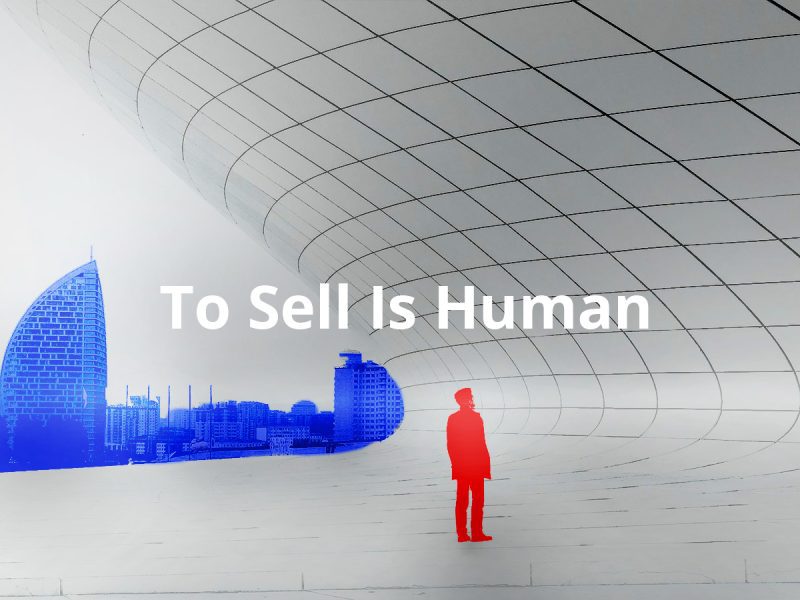
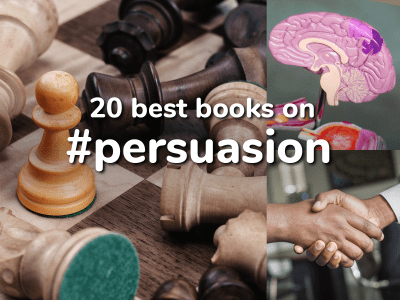
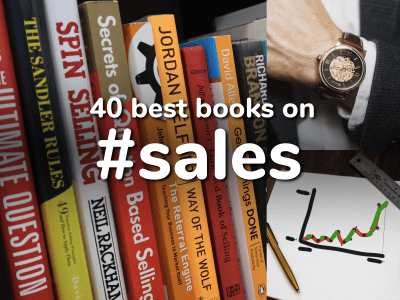

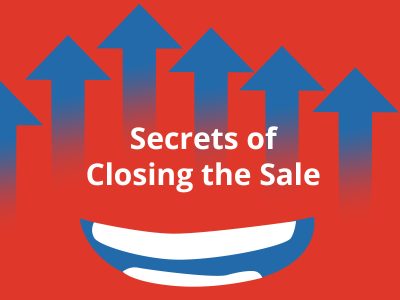
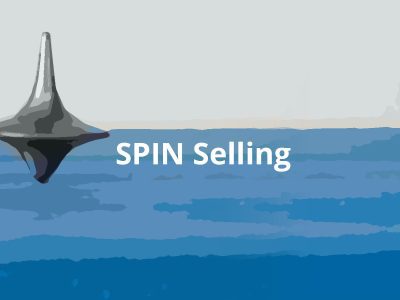
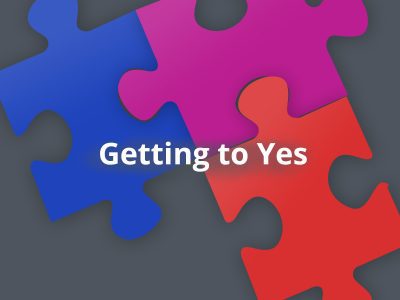
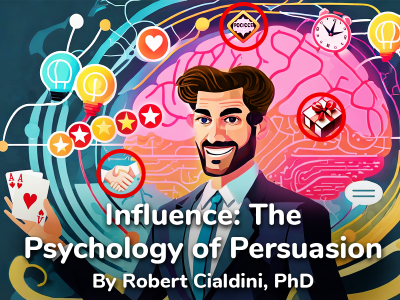

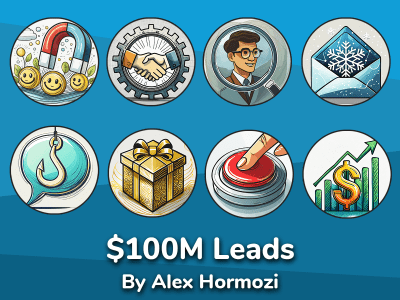









Community Notes